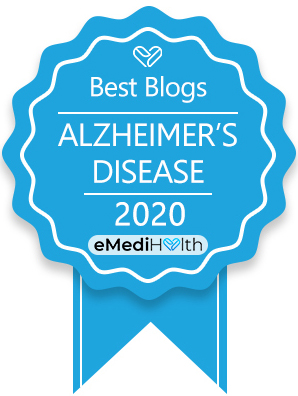
Anyone who is dealing with chronic pain or caring for someone with a chronic pain condition being treated with opioids will want to pay close attention to the Centers for Disease Control’s updated opioid prescribing guidelines for doctors.
The public comment period has ended and a draft of the guidelines has been completed. The CDC’s final recommendations will follow.
I all too well remember the 2016 guidelines. Doctors were warned about the upcoming changes in 2015, the year my mother died, and those guidelines (along with the doctors’ gross misinterpretation of the guidelines) caused my mother to die an agonizing death. Others sadly experienced a similar fate. Some people who had been on a successful maintenance regimen of opioids found themselves suddenly cut off by skittish doctors. Some people turned to the illicit drug market. Others committed suicide because they could no longer endure the pain.
NPR reviewed the draft document of the revised CDC guidelines. Officials blamed doctors for misapplying the CDC’s 2016 guidelines, saying it was supposed to be a “roadmap” not a “rigid set of rules.” But it’s difficult to put all the blame on doctors across the county who apparently were in fear of losing their medical license if they didn’t follow the CDC’s guidance. Clearly something or someone made them fearful enough to go against their medical training and harm their patients.
America’s overdose crisis prompted the stricter prescribing guidelines in 2016, and states in which opioid overdoses were epidemic passed laws to further restrict opioid distribution. This knee-jerk reaction, after these same states welcomed a flood of opioids from Big Pharma for years, had an unfortunate outcome for those who did use opioids responsibly to treat chronic pain conditions in which no other medications were effective.
My mother had intractable cancer pain in the last several months of her life. The CDC guidelines were not supposed to be implemented for those with cancer. But my mother’s doctor didn’t believer the cancer had returned and that she was dying. She believed my mother had become dependent upon the drugs and started limiting her prescription until she finally let my mother’s opioid prescription run out while the doctor was on vacation. My mother suffered mightily because of the doctor’s misinterpretation and fear of the CDC guidelines.
The 2022 guidelines make some improvements, according to pain specialists interviewed by NPR. There is no specific limits on the dose and duration of an opioid prescription. Clinicians will be encouraged to use their own judgment in deciding what is a safe and effective dose for each patient. And the CDC will stress more clearly that the guidelines are not “intended to be applied as inflexible standards of care” or as “law, regulation or policy that dictates clinical practice.”
While the new guidelines still discourage opioids as a first-line therapy for common acute pain conditions and for chronic pain conditions, it does acknowledge that opioids can play a role in chronic pain treatment, especially if other approaches have been tried.
If you or a loved one is running into issues of doctors not willing to manage your pain properly, keep pushing. Find another care provider. No one should have to die in agony because of bureaucratic guidelines. As NPR points out, the 2016 prescribing guidelines didn’t have the intended effect of reducing opioid overdoses. All of that suffering, all for nothing.

![Pageflex Persona [document: PRS0000038_00069]](https://memoriesproject.files.wordpress.com/2014/02/reluctant-caregiver-cover.jpg)





